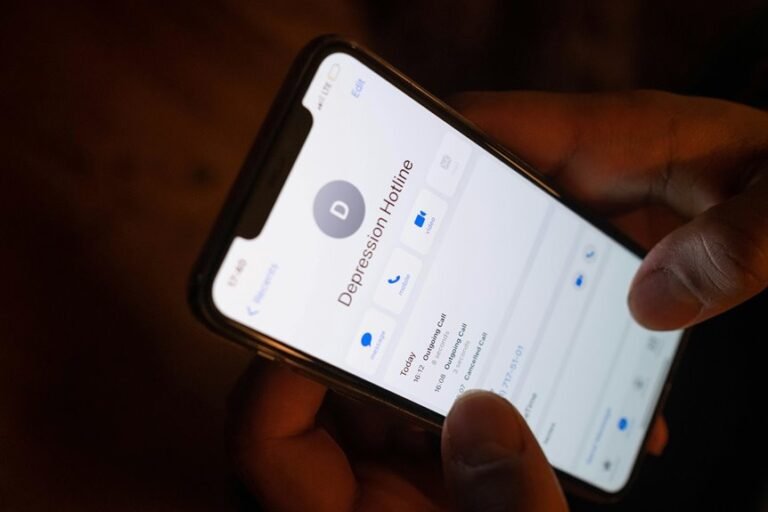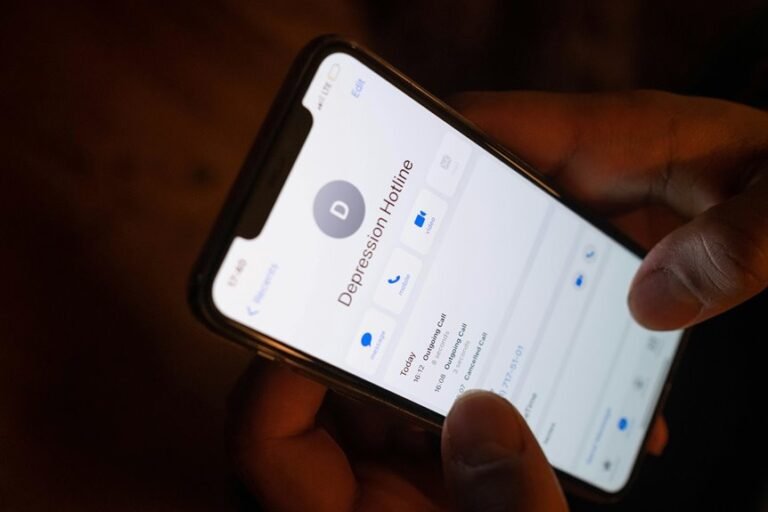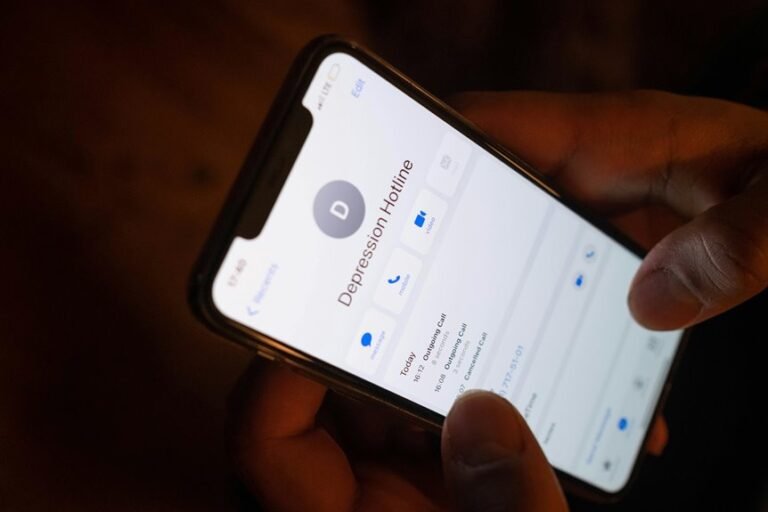18774014901, 18774014903, 18774037149, 18774114885, 18774220763, and 18774286004 Who Called Me

Numerous users have reported receiving calls from the numbers 18774014901, 18774014903, 18774037149, 18774114885, 18774220763, and 18774286004. These numbers often raise suspicions about their origins and intent. Common themes include unsolicited marketing and potential spam. Understanding the implications of such calls is crucial for maintaining privacy. What strategies can individuals employ to navigate these interruptions effectively? The answers may reveal more than just caller identity.
Identifying the Caller: What We Know About These Numbers
When trying to identify an unknown caller, various tools and techniques can be employed to ascertain the origin of a phone number.
Caller identification techniques include reverse phone lookup services, online databases, and community feedback platforms.
These methods assist in investigating unknown numbers, providing valuable insights into potential sources or intentions behind the calls, ultimately empowering individuals to make informed decisions regarding their privacy.
Common Reasons for Receiving Calls From Unknown Numbers
Individuals might receive calls from unknown numbers for several reasons.
Common reasons include spam calls, which aim to exploit unsuspecting recipients for financial gain.
Telemarketing tactics often involve unsolicited outreach to promote products or services, frequently resulting in annoyance.
Additionally, legitimate businesses may contact consumers for surveys or updates, blurring the line between beneficial communication and intrusive interruptions.
This situation fuels public concern over privacy.
Tips for Dealing With Unfamiliar Callers
Receiving calls from unknown numbers can lead to uncertainty and concern. Individuals should employ blocking strategies and utilize caller apps for enhanced spam detection.
Practicing voicemail etiquette, such as allowing unknown callers to leave messages, can provide clarity about the caller’s intent. By integrating these methods, users can effectively manage unfamiliar calls while maintaining their freedom from unwanted disturbances.
Conclusion
In navigating the landscape of unknown callers, users are encouraged to exercise caution and discernment. While these numbers may represent mere telephonic inquiries, they often veer into the realm of unsolicited communications. Employing caller identification tools and leveraging community insights can illuminate the obscured motives behind these calls. Ultimately, individuals can safeguard their privacy and make informed choices, transforming potential disturbances into opportunities for enhanced vigilance in a world where contact is frequently ambiguous.





